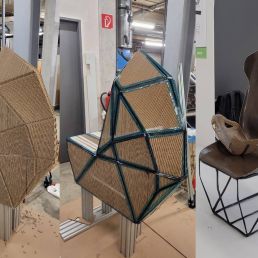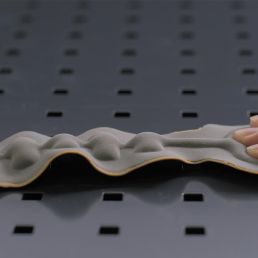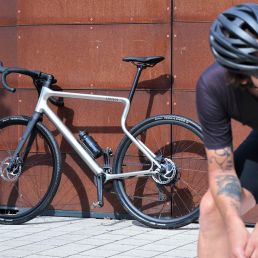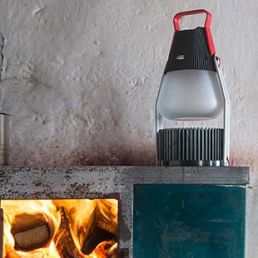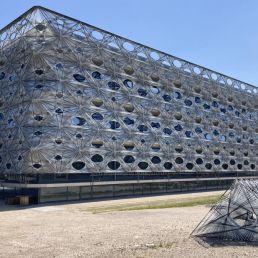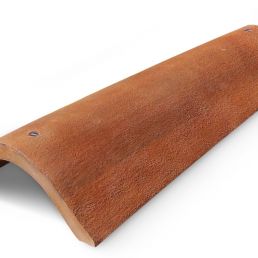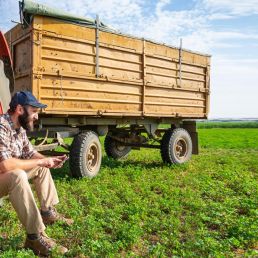New ideas for organic waste
Natural ingrediants in material innovation
form 237
March/April 2011
publisher
Birkhäuser (Basel)

Cow stomachs, algae, sea-grass balls or camel hair: organic waste is very popular with material developers at the moment. Not only industrial manufacturers but also designers are amongst the inventors of this new material culture.
Designer Mandy den Elzen from the Netherlands has been experimenting with natural materials for some time now. For example, she creates vases and containers with an interesting transparency, whose production involves cooked algae fibers. For her latest project she is transforming parts of cow’s stomachs into leather. Thanks to the hexagonal structured elements, rumen leather reminds you of fur. The pieces measure 400 by 500 millimeters, are three millimeters thick and almost translucent.
Under the name of Sensofil Eco, outdoor specialist Vaude has launched a sleeping bag filling, which delivers excellent sleeping comfort thanks to the camel hair it contains. The wispy natural fibers trap a large amount of air and provides high insulation. The filling also contains recycled polyester and the cellulose fiber Tencel, which is gained from wood, is completely biodegradable. Moreover, Tencel fibers are excellent at regulating moisture absorbing up to 50 percent more moisture than cotton and still remain soft.
One of the most interesting current material developments is a project by Richard Meier, construction material expert at SRH Heidelberg College. Thanks to him, the balls of sea grass that can be found on the beaches in Tunisia or Sicily can now be used as house insulation material. The balls are naturally flame retardant and have thermal conduction of just 0.037 to 0.049 watts per Kelvin and meter. These properties make them ideal for use in the construction trade just as they are. Moreover, the fibers hardly rot, as they only contain tiny amounts of salt and no proteins. The material has undergone construction physics tests, and the balls are now available under the name “Neptutherm”.
The packaging center Graz is currently developing a new weaving technique for tear-resistant mesh textiles so that natural fibers with less resistance can be put to much greater use in mesh textiles. During weaving every thread is wound twice around the other thereby producing the desired tear-resistance while reducing the material needed to a minimum.
image source: Richard Meier
Ecoblaq molecular wood colours
23 March 2024
Ecoblaq is a molecule manipulation method, a natural chemical reaction, making…
Natural fiber reinforced car seat
22 October 2023
The focus of the project "Design for Recycling" is a seat shell that is made…
MotorSkins morphing textiles
19 April 2022
Berlin based start-up MotorSkins designs and produces textiles with embedded…
3D Pioneers Challenge 2022
15 December 2021
The 3D Pioneers Challenge 2022 adresses tech pioneers who pave the way for…
IGNIS – Light from waste heat energy
12 August 2020
The availability of affordable, independent and, above all, clean electrical…
Brake disc with reduced fine dust
21 April 2021
Fine dust endangers our health. One of the main sources is traffic, especially…
Texoversum
15 July 2023
With the "Texoversum", Reutlingen University has put into operation a training…
Invisible Terracotta Solar Rooftile
10 May 2023
The family-run business Dyaqua has developed a technology to integrate a…
Xarvio – Digital Farming
8 January 2021
BASF Digital Farming GmbH has received the renowned Crop Science Award for the…

